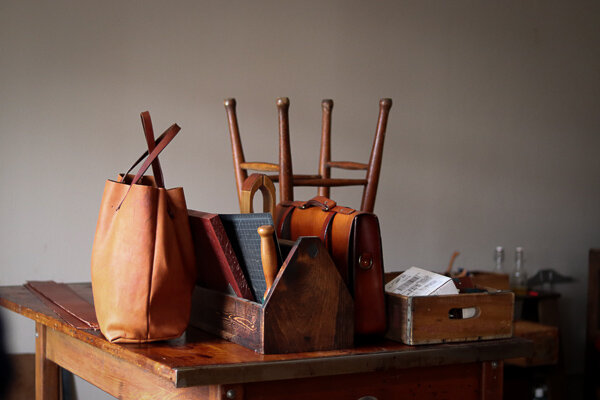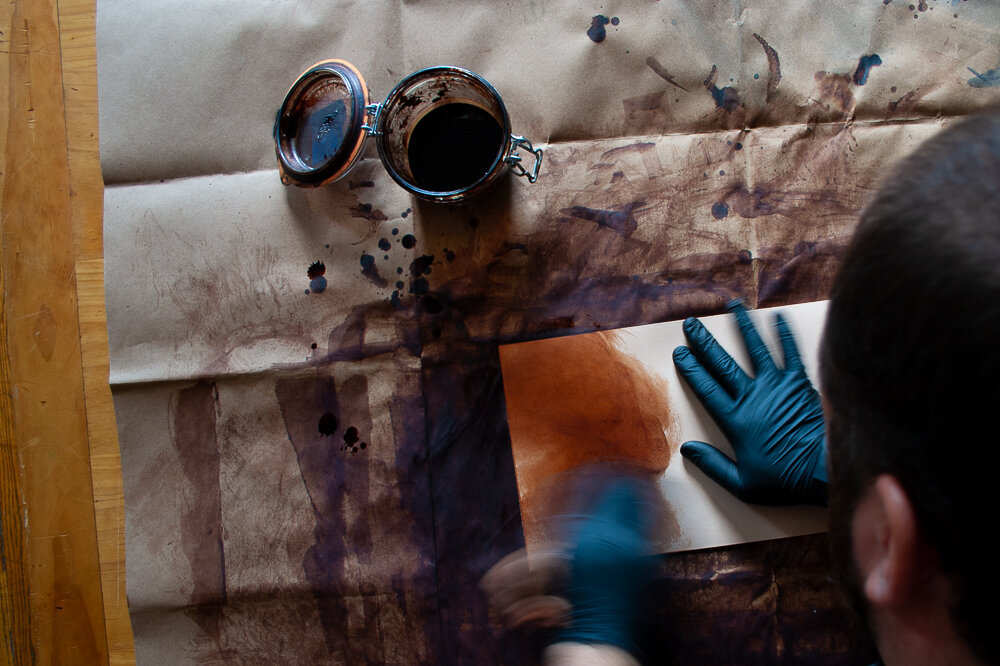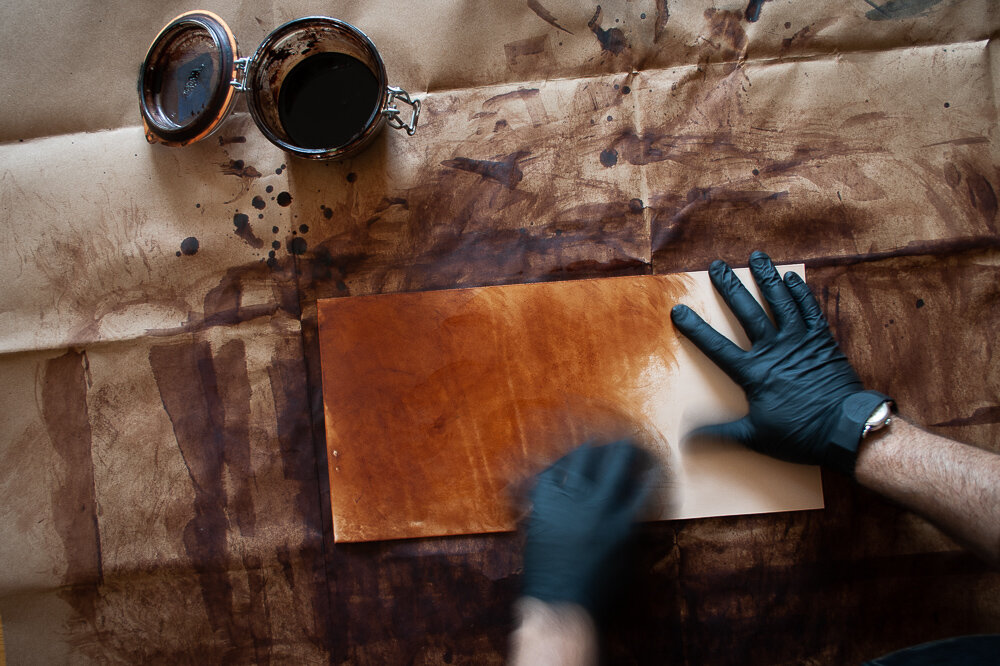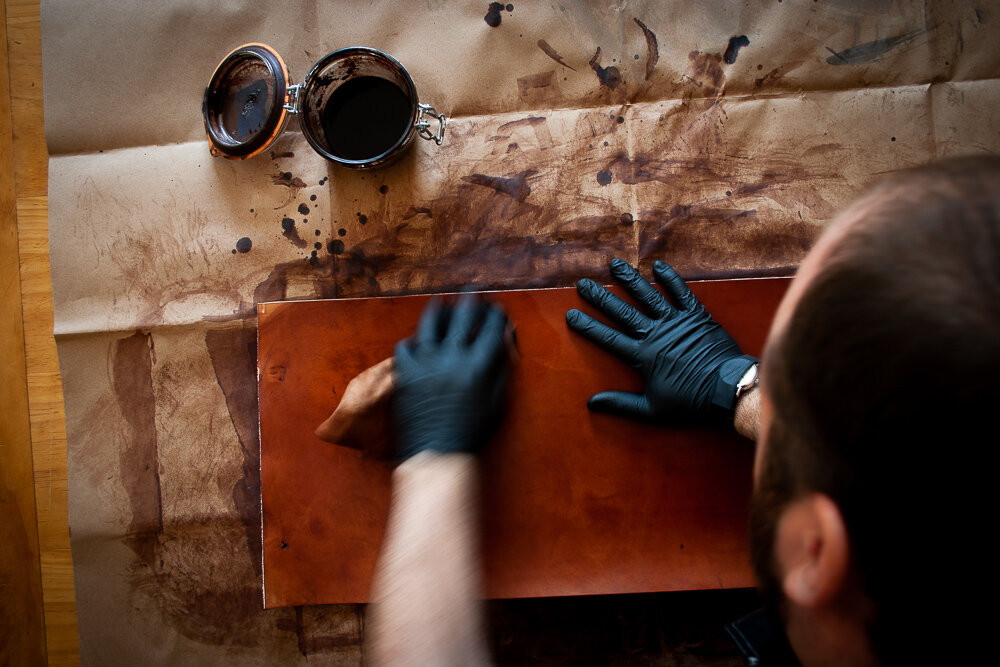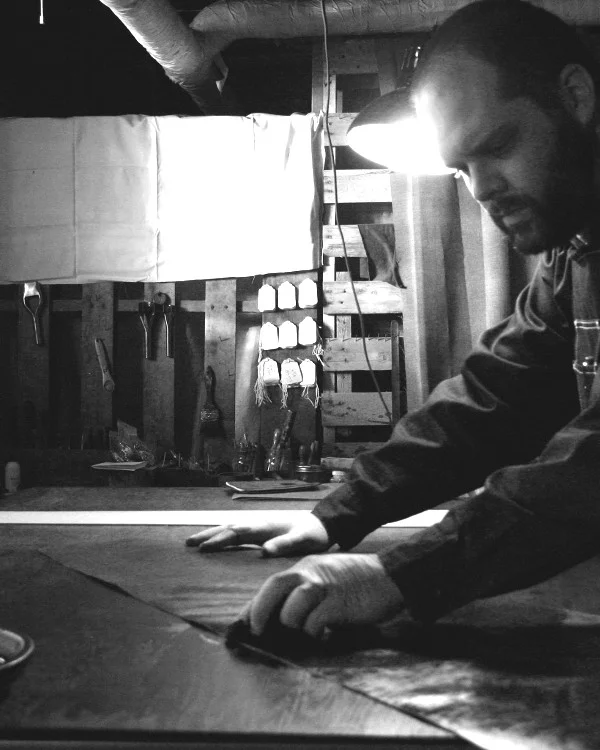Time to Reflect and Breathe
End of the Year.
What a year.
Twenty days into 2021 and I’m still trying to wrap my head around it.
Around this time last year I was hanging pictures on the walls of my studio. I had notebook pages filled with plans for what I hoped to do in 2020. A month later I would be reading about about Covid in the US. A month after that I would pick my son up from preschool for the last time. Shortly thereafter I went to my studio, packed up what work I thought I could do for the next few weeks, and prepared to follow quarantine rules.
March 22nd, 2020.
In the ensuing weeks my problems compounded. I was nearly out of leather when everything shut down. My tannery which normally takes two weeks to get me a leather order was down to a skeleton crew. More leather wasn’t going to arrive for at least six weeks. Rent was due soon and I didn’t have much to sell.
I have a page in my notebook called “How the Hell do I Make Rent with What I have?” Underneath is an inventory of all the leather I had on hand. I knew exactly how much I could produce but I had to make sure that everything I made I sold or I wasn’t going to be able to cover all of my expenses that month.
To design, produce, and completely sell out a collection in under two weeks is a tall order. I knew I had to make something remarkable, something that coudn’’t be found anywhere else, and still be able to offer it at a fair price.
The 2020 Pandemic Collection getting made.
So I went to my “toolbox” and pulled out all the stops. I hand dye everything. The two toned items are always popular. I did a sgraffito project a while back they people loved. I took those two ideas and drew up some ideas for my best selling designs. I got to work.
The collection sold out in 16 hours.
I’m not telling you this to brag. I want to illustrate an important lesson I learned. When you push yourself to produce the work that you are uniquely suited to make and then channel that into what your customers are asking for you end up with extraordinary results.
So this year I’m looking to liberate myself from what my peers are doing. I’m focusing on what I can do. Part of that will be a mental shift from thinking of myself as a craftsman and more of as an artist. I’m looking to expand the creative work I do and let that influence the leather work I do.
Most importantly I’ve learned how resilient we all are. So much has changed and there is so much uncertainty. But when you keep showing up you find that there are other’s who will show up with you.
For 2021 I wish you more of the same. More slowing down and exploring our surroundings. More sincere connection with loved ones. More being mindful of how we choose to spend our time and money. More time outside and more time thinking about what kind of future we’d like to live in.


